5 Signs Your Home Needs Better Insulation

TL;DR: Proper insulation in Florida homes isn’t just about keeping out cold weather—it’s crucial for keeping heat and humidity at bay. Signs your home needs better insulation include higher energy bills, uneven room temperatures, drafts, moisture issues like mold, and an HVAC system that runs constantly. Addressing these issues with professional insulation services can lead to energy savings, improved comfort, and a more eco-friendly home environment. For expert insulation services in Vero Beach, FL, contact Air Doc’s Heating and Air today.
When home insulation is discussed, most Floridians think about keeping out the snow and cold, which Florida doesn’t get much of. However, homes in warmer areas also need good insulation to keep the heat out.
Most of Florida falls in climate zone 2A, meaning it’s hot and humid. Proper insulation in your home keeps the heat and humidity from infiltrating your home and running up your electricity bill or causing mold growth. Insulation regulates indoor temperatures, reduces energy bills, and makes your place more pleasant.
But how can you know if your home has proper insulation? Let’s explore the 5 signs your home needs better insulation. If you pay attention to these indicators, you won’t have to deal with inconsistent room temperatures and increased energy bills.
1. Higher Energy Bills
When your home lacks proper insulation, it struggles to maintain a consistent temperature. That pushes your heating and cooling systems to their limits, increasing electricity usage and skyrocketing how much you have to pay for your energy bills. A noticeable spike could signal the need for better insulation in Florida, where the average monthly electricity bill is around $165.
Many homeowners report having lower energy bills after upgrading their insulation, seeing a difference within the first few months. To monitor your energy consumption:
- Keep a record of your monthly expenses over a year.
- Compare your current bills to previous ones.
- Look for unexpected spikes in energy usage.
- Consider any changes in your household’s energy habits.
- Note any unusual increases and consider the seasonality of your usage.
Many utility companies offer tools and resources to help you track and analyze your energy consumption. Using these can provide a clearer picture of how insulation impacts your energy use. If you notice consistently high energy bills, you should consult a professional to assess your home’s insulation needs.
2. Uneven Temperatures Throughout the House
If some of your rooms stay chilly while others are consistently warmer, poor insulation might be the culprit. These temperature inconsistencies not only make your home less comfortable, but they also force your HVAC to overwork, significantly increasing your electricity usage and consequently, your energy bills.
Poor insulation allows air to escape or enter through gaps, particularly around windows and doors, leading to drafts and hot or cold spots. These air leaks disrupt the overall temperature balance in your home, making certain areas challenging to keep at a comfortable level.
Installing a smart thermostat is a reliable way to monitor these temperature variations. This device can help you track fluctuations and identify areas where temperatures deviate significantly from the set point. To check for temperature variations:
- Use the thermostat to check the temperatures in every room.
- Pay attention to how quickly rooms heat up or cool down.
- Notice if you need to adjust your thermostat frequently.
Fixing your insulation issues will create a more consistent indoor climate, improving comfort and energy efficiency.
3. Uncomfortable Drafts and Cold Floors
Feeling uncomfortable drafts and noticing cold floors in your home indicate poor insulation. Drafts commonly enter through gaps around windows, doors, and even poorly insulated attics and walls. These drafts make maintaining a consistent indoor temperature difficult, leading to increased heating or cooling costs.
Identifying drafts is simple. Hold a lit candle in the areas where you suspect the draft is coming from and watch for the flame to waver, indicating moving air. Another method uses an infrared thermometer to spot temperature differences along walls, floors, and ceilings.
Applying weatherstripping around windows and doors for minor drafts can block unwanted airflow. Caulking gaps and cracks can also help seal your home tightly. However, if your floors feel particularly cold, especially above unheated spaces like basements or crawl spaces, adding insulation to these areas can significantly improve comfort. You can install insulating materials such as foam board, spray foam, or fiberglass batts to create a barrier against cold drafts.
4. Visible Signs of Moisture and Mold
Poor insulation often leads to condensation issues, particularly in areas with pronounced temperature differences. This happens because inadequate insulation fails to maintain consistent indoor temperatures, causing moisture to accumulate on surfaces. A lack of proper vapor barriers exacerbates this problem, allowing moisture to penetrate walls and ceilings.
In damp areas, you might notice visible mold growth, typically black, green, or white patches. Musty odors and increased humidity levels within your home also signal underlying moisture problems. These conditions compromise the structural integrity of your home and pose significant health risks, including respiratory issues and allergies.
To address these concerns, consider installing or upgrading insulation and ensuring proper vapor barriers are in place. Regularly checking for leaks and maintaining good ventilation can help control moisture levels.
5. HVAC System Running Constantly
When your home lacks proper insulation, it struggles to keep the indoor temperature constant and even. It forces your HVAC system to work overtime, cycling on and off more frequently to compensate for the temperature fluctuations. You may notice that your heating or cooling system barely gets a break, leading to higher electricity use and faster equipment wear.
An overworked HVAC system can face reduced efficiency and a shorter lifespan, resulting in more frequent maintenance and replacements. Improving your home’s insulation can help stabilize the temperatures inside your house, reducing the strain on the HVAC. That means warm air stays inside during winter while heat is blocked from entering during summer, creating a more comfortable living space.
How to Address Insulation Issues
Once you’ve identified signs of poor insulation in your home, you can take steps to improve it. The entire process of insulating your home looks like this:
- Conduct an Energy Audit: A professional energy auditor can assess your home’s insulation needs and recommend specific improvements.
- Insulate Key Areas: To maximize energy efficiency, add insulation to your attic, walls, and floors.
- Choose the Right Insulation Type: Options include fiberglass, cellulose, spray foam, and mineral wool. Each type has advantages, so consider factors like R-value, cost, and installation method.
- Seal Air Leaks: In addition to adding insulation, seal any gaps or cracks around windows, doors, and other openings to prevent air infiltration.
- Upgrade Windows and Doors: Consider replacing old, single-pane windows with energy-efficient models to further improve insulation.
Benefits of Hiring Professionals to Improve Your Home Insulation
Adding more insulation to your home isn’t a simple DIY project you can finish in one afternoon. You need someone skillful to explain the nuances of this process. They can quickly identify which areas need the most insulation and won’t overlook any part of your home.
Experts use the best materials available, often superior to those found in DIY kits. Their expertise means they do a comprehensive and effective job, reducing the risk of gaps and ineffective insulation no matter how complex the project is.
Proper insulation installed by professionals can lead to significant energy savings, lower utility bills, and make your home more eco-friendly. You’ll also benefit from improved indoor comfort, consistent temperatures, and reduced drafts.
Get Professional Insulation Services in Vero Beach, FL
Bad house insulation can make your home unpleasant and drive up electricity bills. It can also lead to uneven temperatures, drafts, and high humidity. Improving your home’s insulation can resolve these problems, providing a more consistent, comfortable living environment.
If you’re ready to improve your home, Air Doc’s Heating and Air in Vero Beach, Florida, offers top-notch insulation services. We can help your home remain cool all summer without increasing your bills. With certified technicians and a commitment to excellent service, we are the premier choice to upgrade your home’s insulation.
Call us today if you’re ready to enjoy a more comfortable home!
Other Blogs You May Be Interested In
Categories

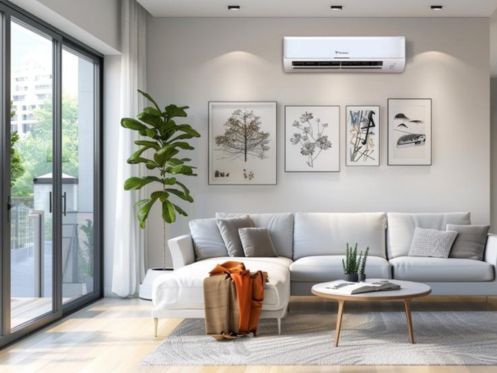
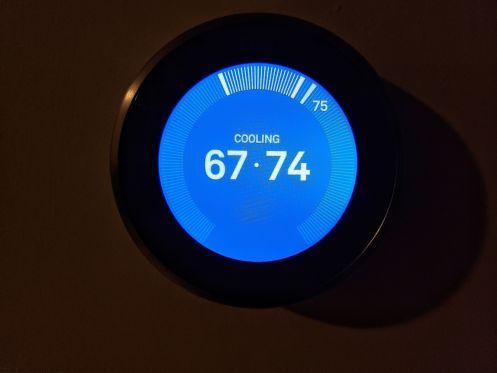

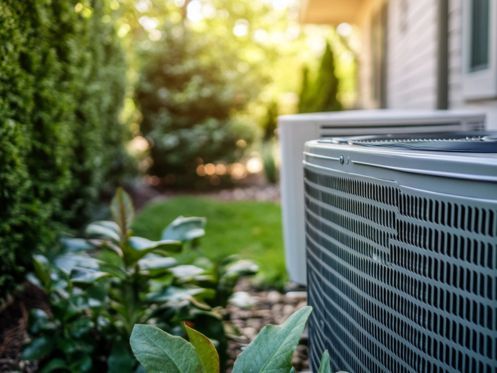
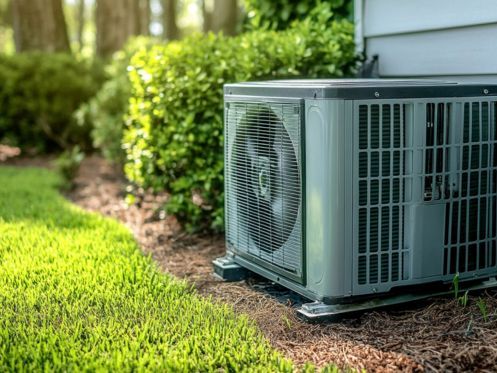
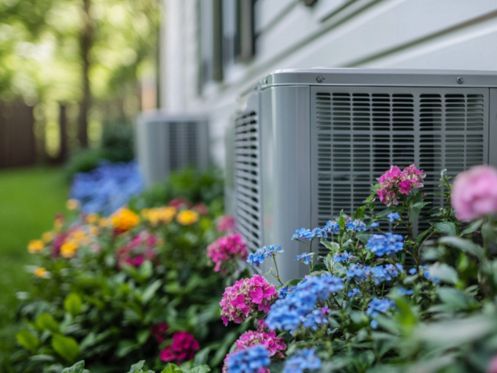
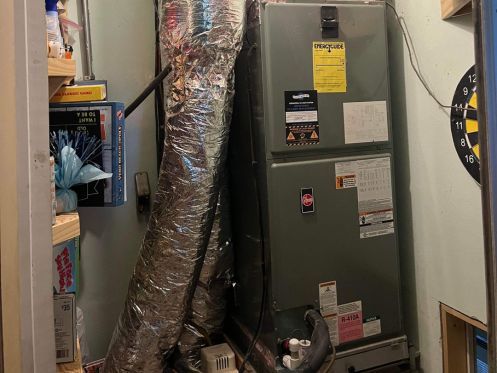
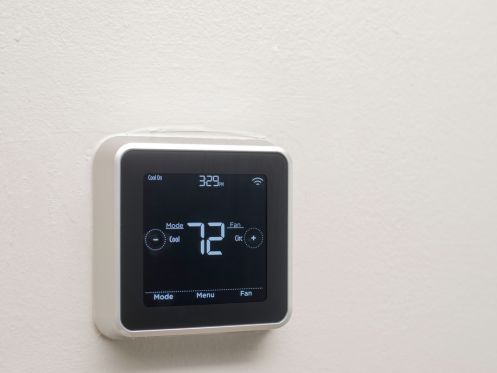





Leave a Reply